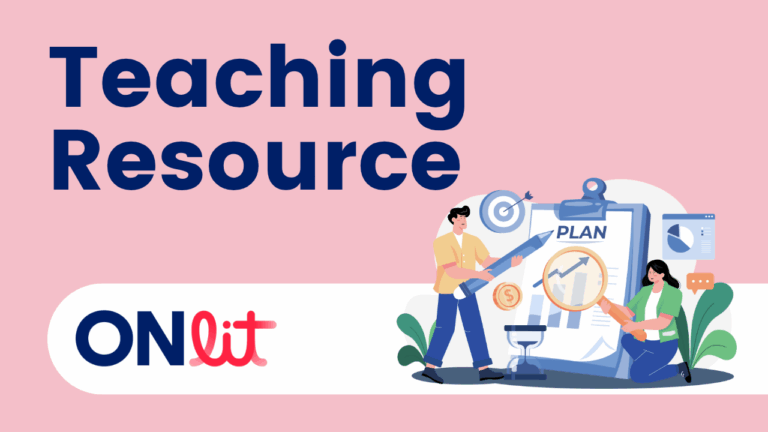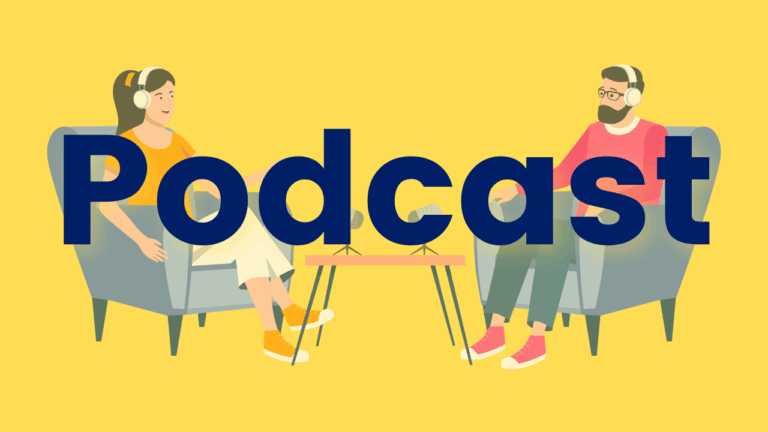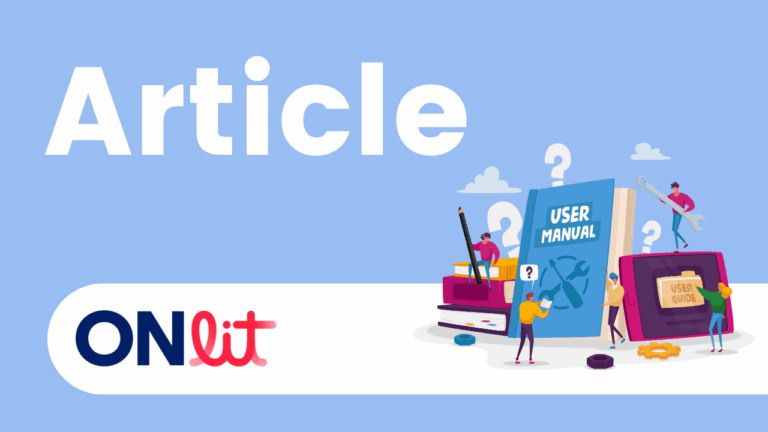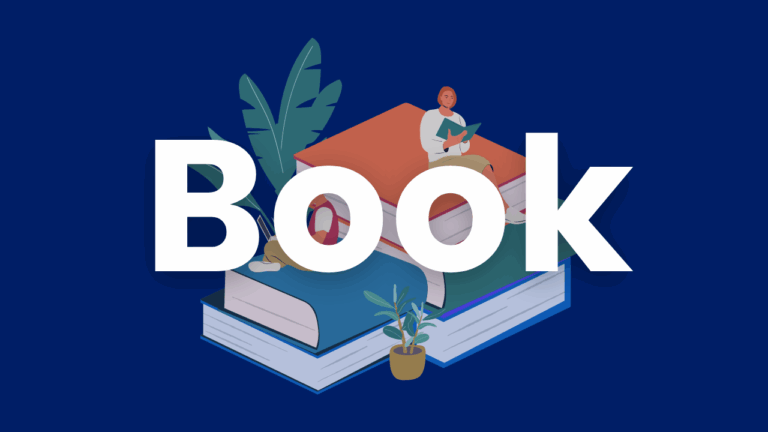Fluency: Key to Comprehension with Dr. Jan Hasbrouck
Fluency is essential for skillful and motivated reading, but is often misunderstood. Fluent reading is NOT fast reading! Jan Hasbrouck defines reading fluency and clarifies the link between fluency and comprehension.





